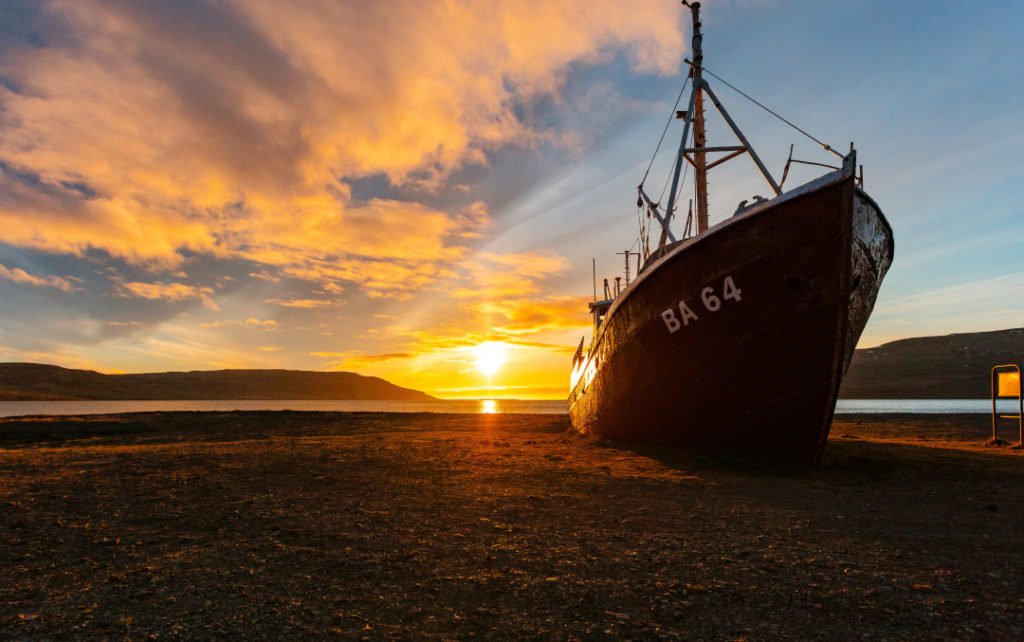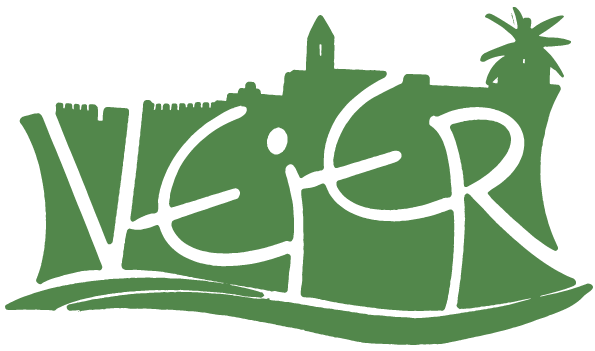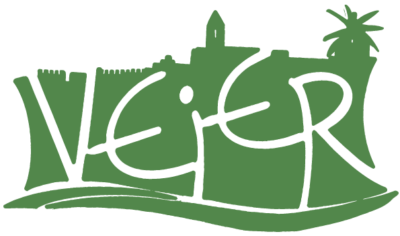Agriculture
Vejer has been characterized since ancient times by combining agricultural and livestock activities on its lands, both on large estates and medium-sized farms, and even in the so-called Hazas de Suerte.
In Vejer, as in almost all of western Andalusia, the main driver of the economy has been agriculture, predominantly extensive dryland farming in fallow rotation. The staple crops are wheat, sunflower, and beet, with smaller quantities of barley, sorghum, fava beans, and chickpeas being sown.
Alongside this, a percentage of these lands is reserved for pastures and some for irrigation, although in a much lower proportion compared to dryland.
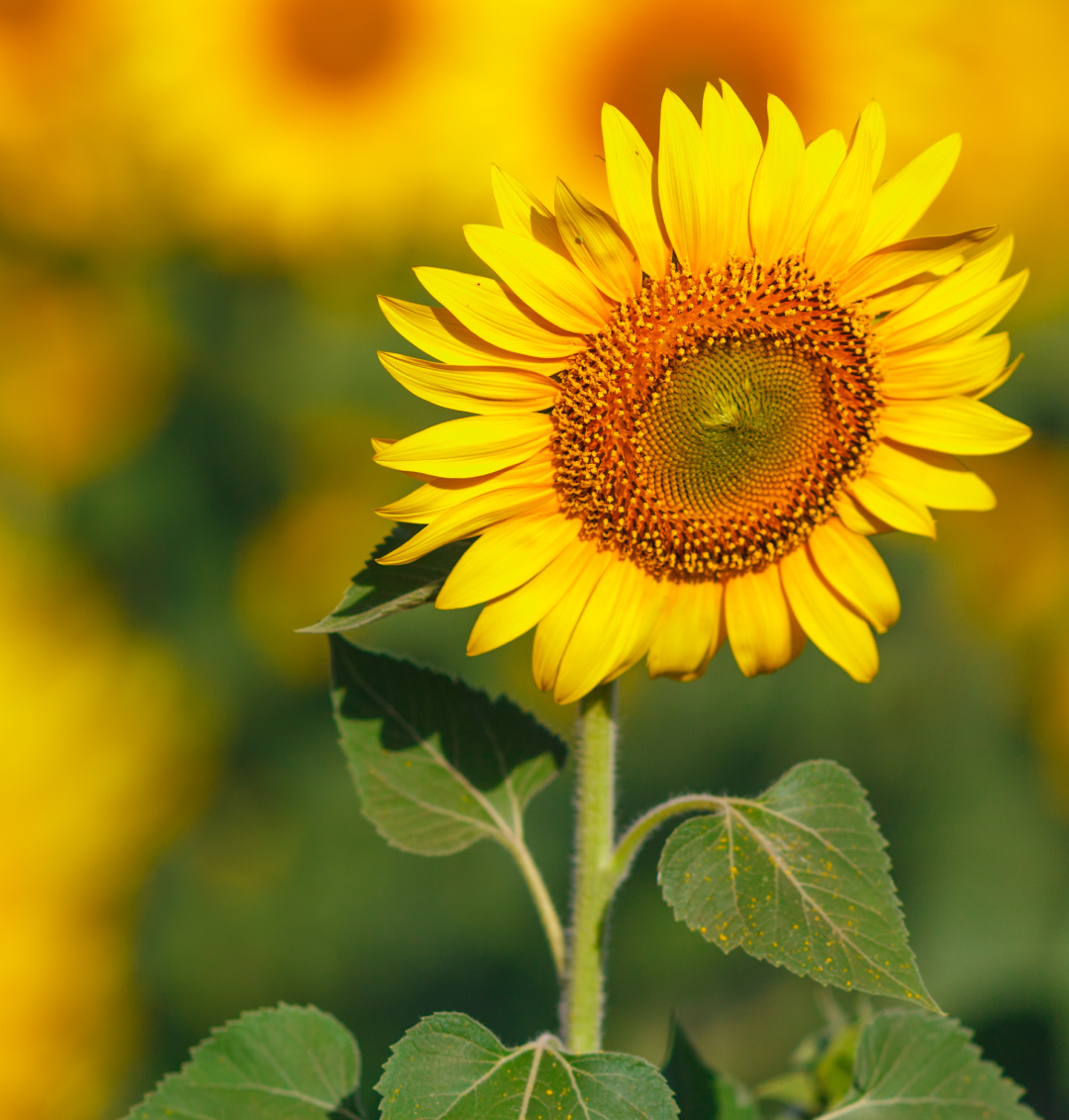
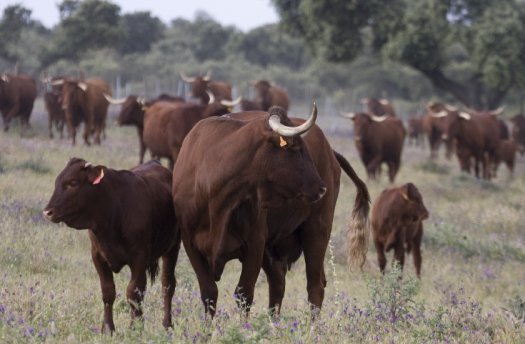
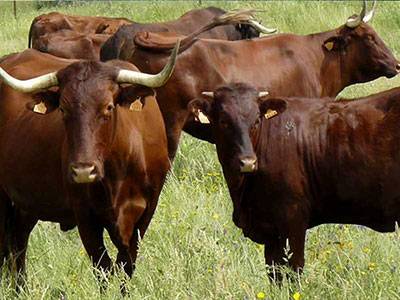
Livestock
On the agricultural front, the dominant livestock activity in the countryside of Vejer has been and continues to be the breeding of docile cattle, which have traditionally served as the driving force behind agriculture, pulling plows and other agricultural implements or dragging carts.
However, the introduction of mechanical traction machines in the 1960s displaced docile cattle to a single task, meat production to supply the food market.
The most widespread docile cattle breed is the Retinta, followed by the Andalusian Black, Campiñera Black, or Guadalquivir Black.
Another highly prized cattle breed for obtaining oxen was the Andalusian Colorado Berrenda, valued not only as a driving force but also as essential assistants in handling fighting bulls, so characteristic of the area.
Since the mechanization of agriculture, the Retinta breed has been crossed with various foreign breeds (Charolais, Limousin) to improve production.
Fishing
